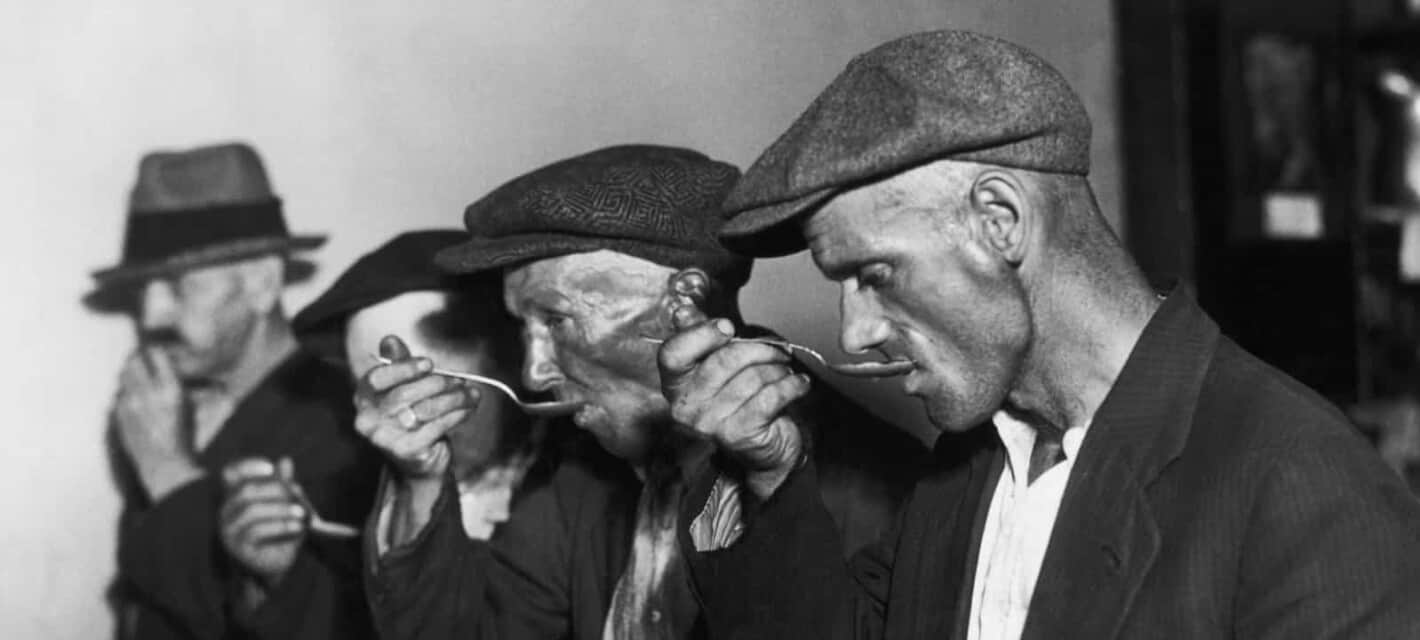Before economists coined the terms recession and the more foreboding depression to describe economic downturns such events were called panics. In the days preceding instantaneous global communication they were often slow to develop, even slower to be recognized, and affected banks, stock traders, speculators in land and commodities, and national governments. The discovery of the New World and the exploitation of its vast mineral resources, especially gold and silver, inevitably led to inflation in Europe fueled by greed and speculation in species. In the seventeenth century, a new product developed and became a large part of the global economy – tobacco – and the condition of its annual crops affected markets from the North American colonies to the Indian subcontinent. Investors gambled on its futures market.

As the world became more and more interconnected, local economies became global, and bank failures in the Old World led to similar events in the New. American fortunes were wiped out as European markets failed. Likewise, ancient banking houses in Europe felt the vagaries of America’s growing economy. Throughout history, money and the pursuit of it proved that the world truly is a small place after all. It may be difficult for modern sensibilities to grasp the concept that the lowly tulip – that easily recognized flower closely associated with Holland and spring – could be the cause of a financial crisis, but such was once the case. Here are twenty financial crises which roiled markets throughout history.
1. The Great Tulip Crisis of 1637 was the world’s first speculative bubble to burst into a global financial crisis

To most people of modern times tulips conjure the sights and smells of spring, along with images of the Dutch and their flower lined canals and Amsterdam streets. Tulips were long a significant part of the Dutch economy, beginning in what is known as the Golden Age of the Netherlands in the early seventeenth century. During the 1620s and 1630s, Dutch horticulturists bred new varieties of the flower, which figured prominently in Dutch trade with its European neighbors, particularly France and Spain. By the 1630s speculative markets over tulip prices were in existence, and investors welcomed the newest varieties of the flower which were in demand among the wealthier society of Europe. The time became one which was dominated by what became known as tulip mania.
In 1637, the speculative bubble burst as the price of tulips collapsed, a circumstance not expected by wealthy speculators. The collapse of the tulip market led to banking failures among the great houses of Europe. Part of the collapse was due to competition, flowers such as hyacinths and others became available more cheaply, and the Dutch near monopoly on the flower trade was shattered. Dutch commerce suffered a severe and lasting shock, which weakened the overall economy. Ships rotted at anchor. Tradesmen found their products rotting in their gardens. Tulips had been the fourth largest export from Holland before the collapse (after gin, cheese, and pickled herring) and the tulip crisis led to a downturn in Dutch trade which lasted nearly a decade.

